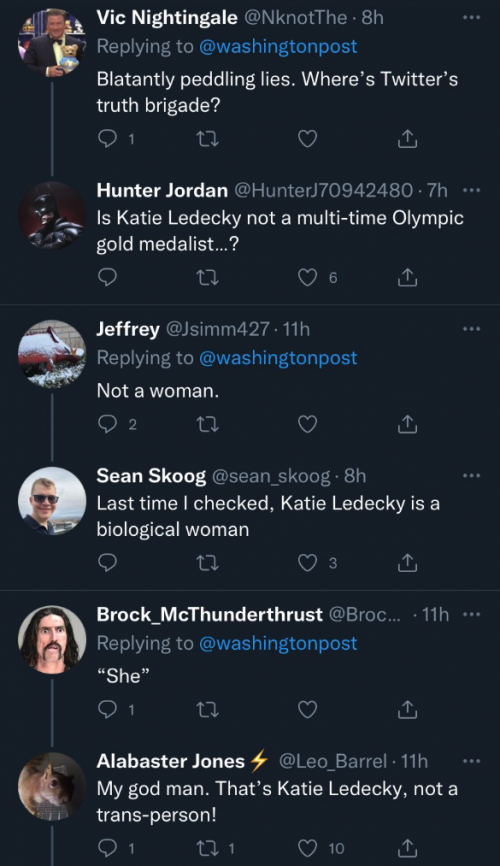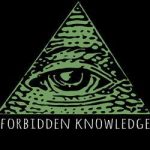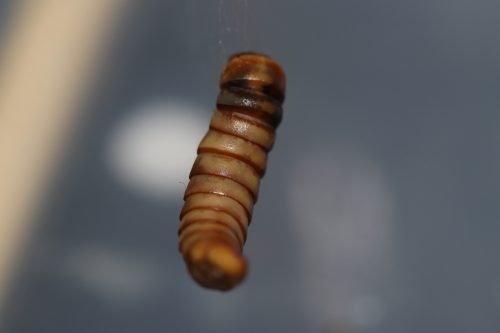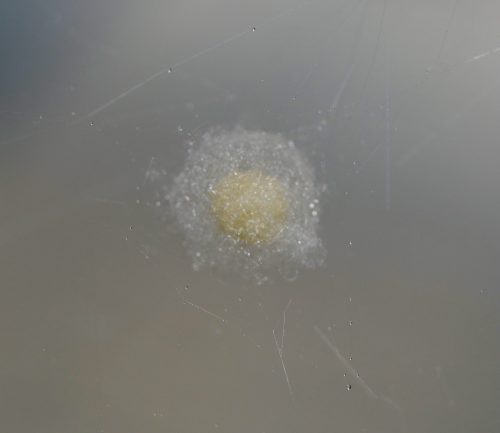A remarkable letter sent to Julie Bindel congratulating her on her ‘service’.
Many thanks, @Baroness_Nichol pic.twitter.com/OzQnuCTWDv
— Julie Bindel (@bindelj) June 27, 2022
The remarkable bit is this paragraph:
The usual number scientists talk about is 200,000 years for modern humans, give or take. She’s only off by about 2500 times.
She beat the creationists, who claim humans have only been around for 6000 years, so they go the other way, but are only off by about 33 times. Yeah, they also claim that the whole dang planet has only been around for 6000 years, rather than 4.5 billion, so they do get somethings even more wrong.
What’s cute about her 500 million year guess is that puts us back in the Cambrian, and the basal state for chordates (actually, for all animals) was almost certainly hermaphroditic, back then.












